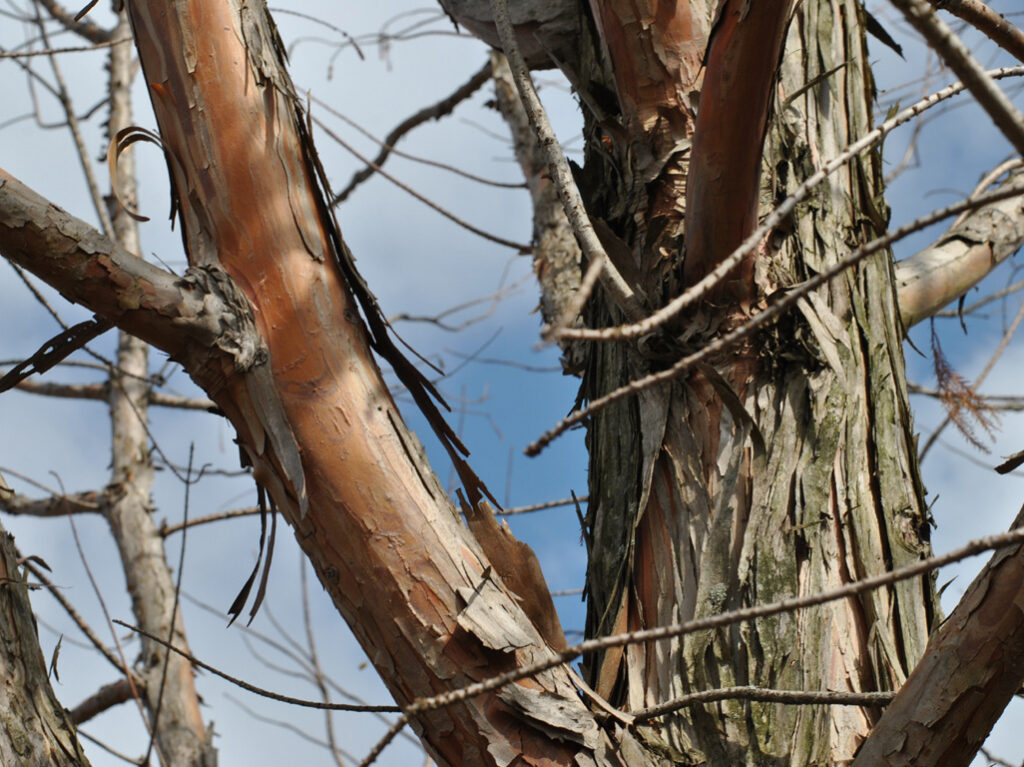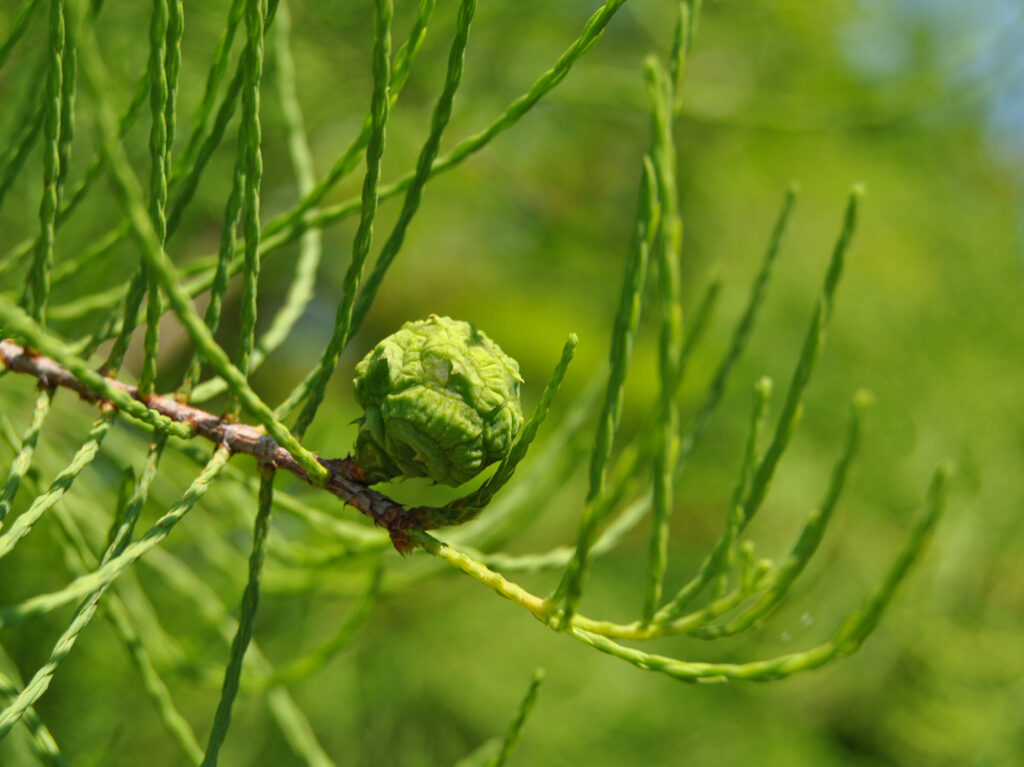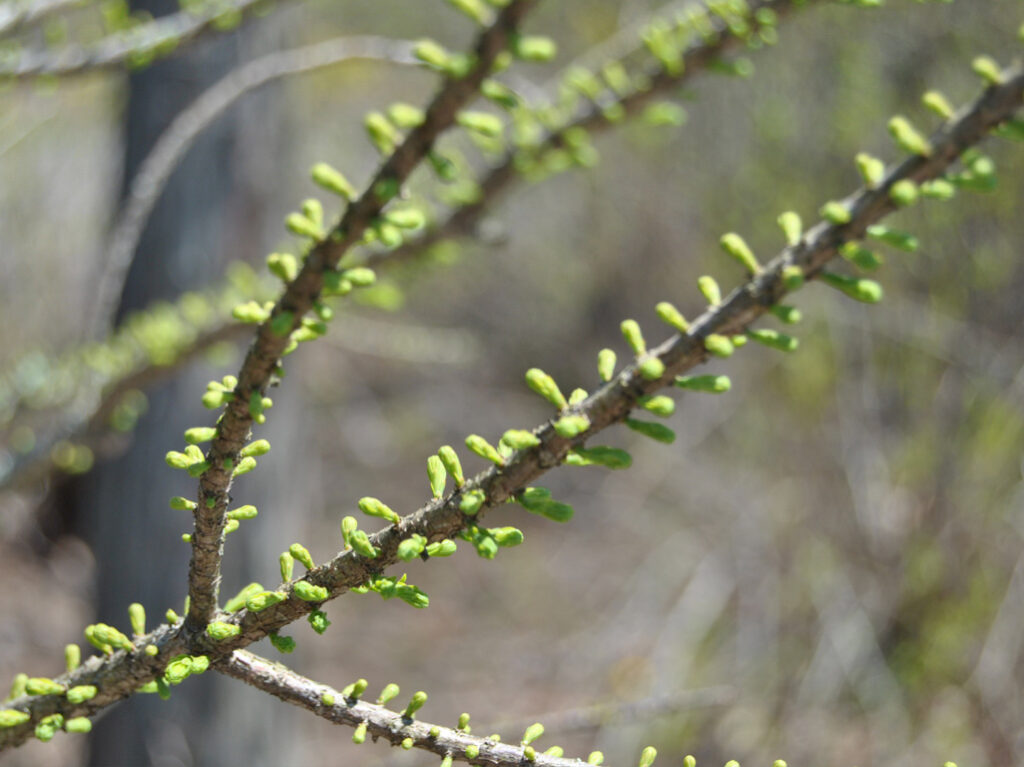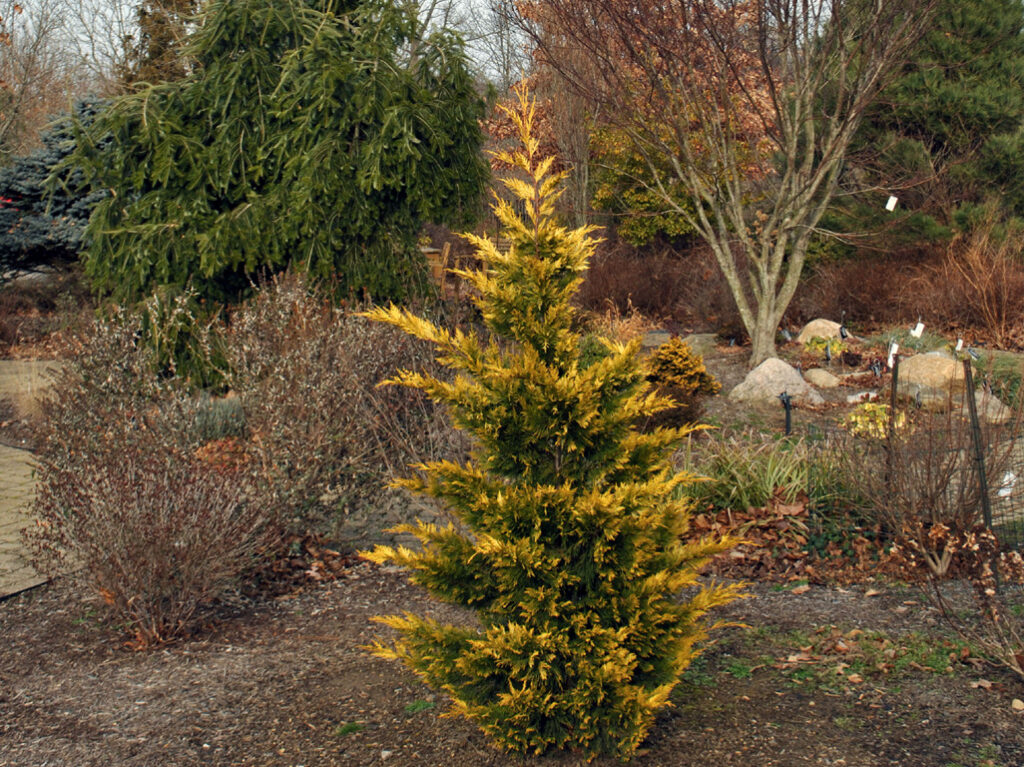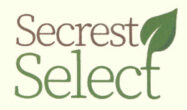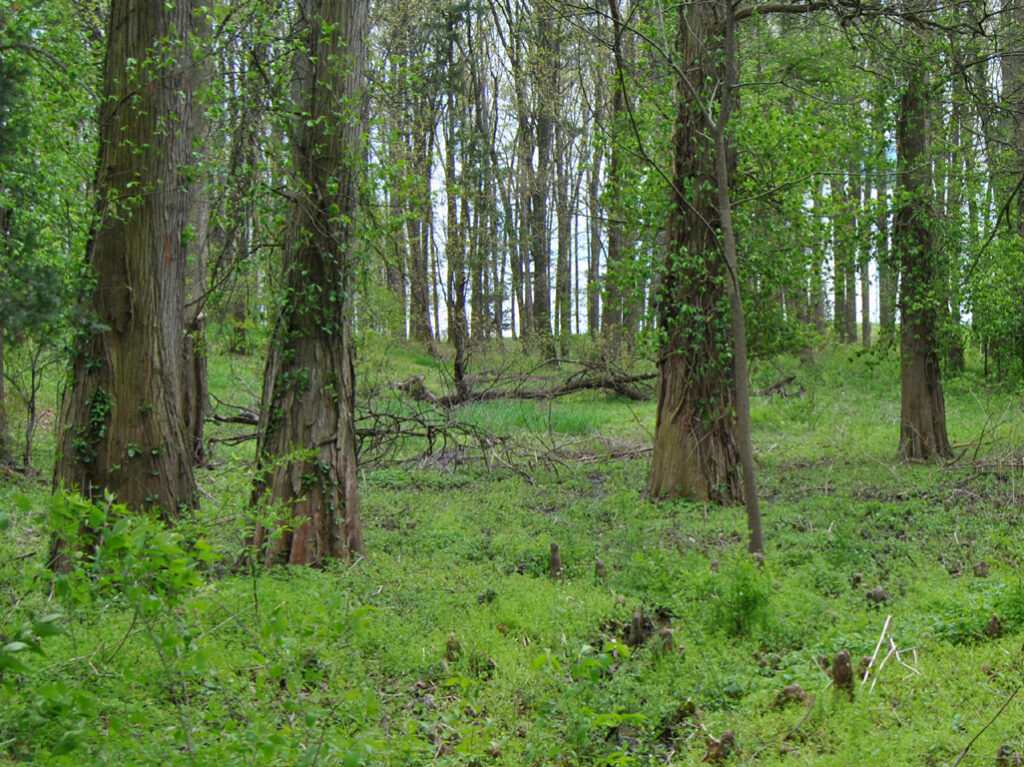
Taxodium distichum
Common Name
Bald-cypress (also written as Baldcypress)
Family
Cupressaceae (Cypress)
Tree or plant type / form
Large deciduous conifer with an upright pyramidal to columnar habit.
Landscape Use
Bald-cypress and its cultivars make a fine stand-alone specimen or accent plant, especially in moist to wet soil conditions; can be grouped to form small groves near larger water features.
Season of interest and/or other ornamental feature(s)
The feathery, fine-textured, bright green foliage provides interest in spring and summer; fall color varies but is often excellent.
Size at Landscape Maturity
Large tree reaching 50 to 70 feet tall and 20 to 30 feet wide in 50 years.
Light exposure
Full sun to part shade
USDA Hardiness zones
4 – 9
Origin / Native locale
Southeastern United States
Wildlife Value (incl. pollinators)
Many birds, including wood ducks and wild turkeys eat the seeds.
Soil Type & Drainage
Prefers moist to wet soil but is adaptable to drier conditions.
Tolerances
Deer, erosion, fire, urban conditions, wet soil.
Leaf Description
The linear needle-like leaves are 1/4 to 3/4 inches long and spirally arranged on longer branchlets, lending a feathery appearance. The foliage is bright green in the spring, sage green in summer, and ranges from shades of orange to red to cinnamon-brown in the fall.
Bloom Time in Northeast Ohio
N/A
Flower Description
N/A
Cone / Fruit
Rounded female cones are 3/4 to 1-inch in diameter and mature from green to brown in the fall.
Available at
Secrest Arboretum Plant Discovery Days and selected local nurseries.
Additional information
Near water or in excessively wet soils, the roots may develop knobby vertical structures known as “knees.”
‘Mickelson’ (sold as Shawnee Brave®) is a handsome selection noted for an ascending, narrower growth habit than the species. ‘Cascade Falls’ is a strongly weeping cultivar that grows wider than tall. ‘Secrest’ is an unusual dwarf variety discovered as a branch mutation in a mature tree at Secrest Arboretum in the 1980’s.
Use the Secrest Aboretum Explorer to find locations where this plant is located on the Wooster campus.

